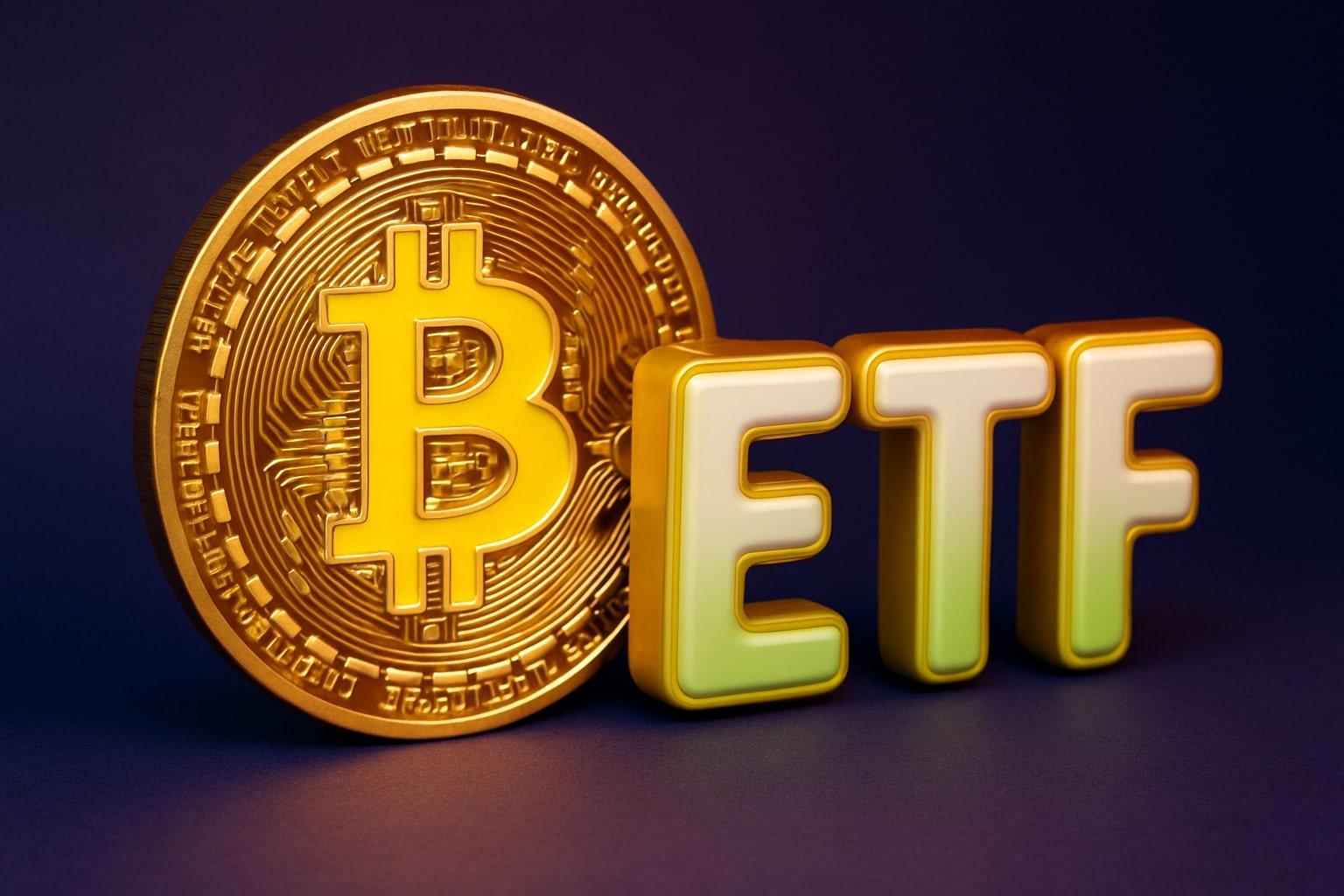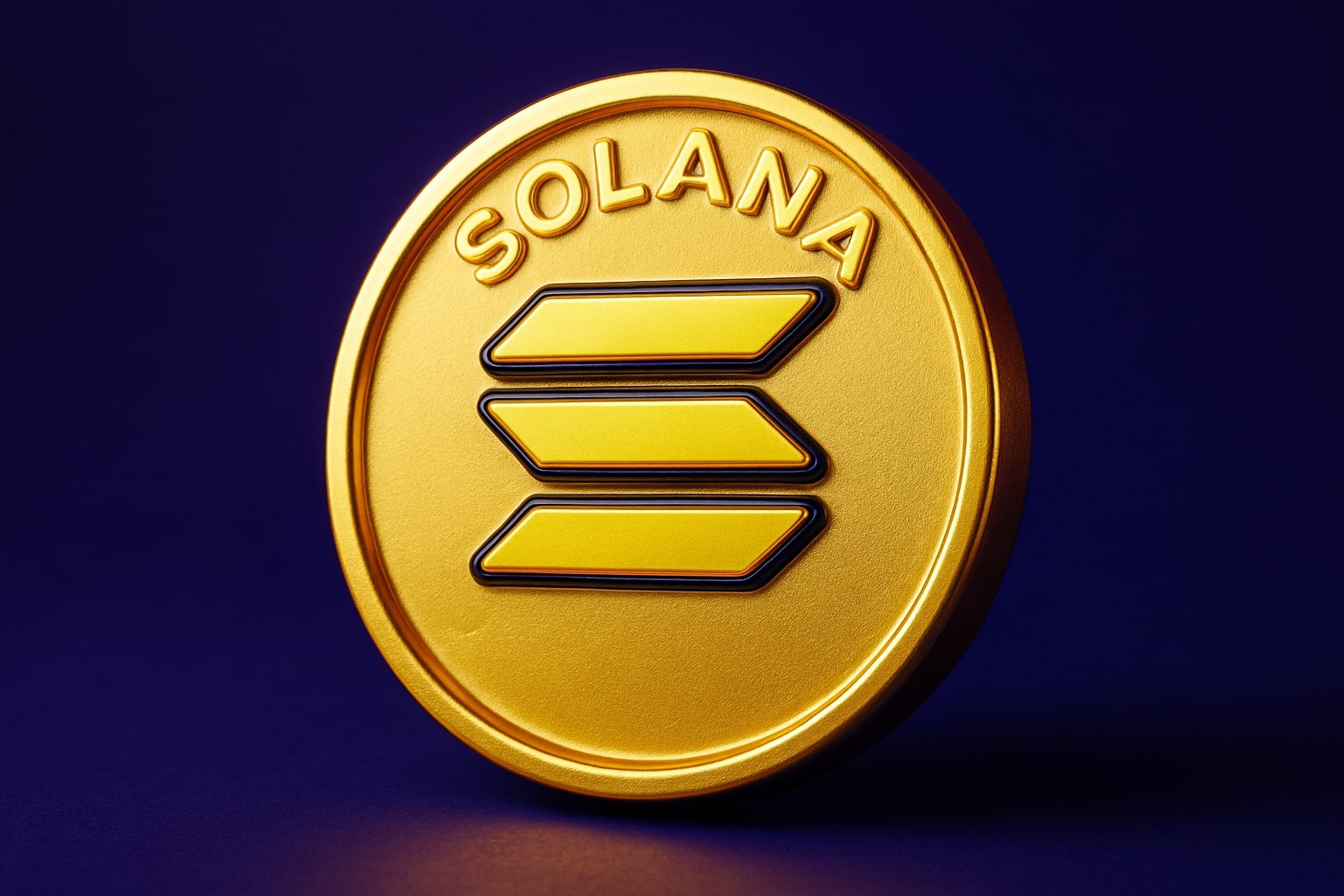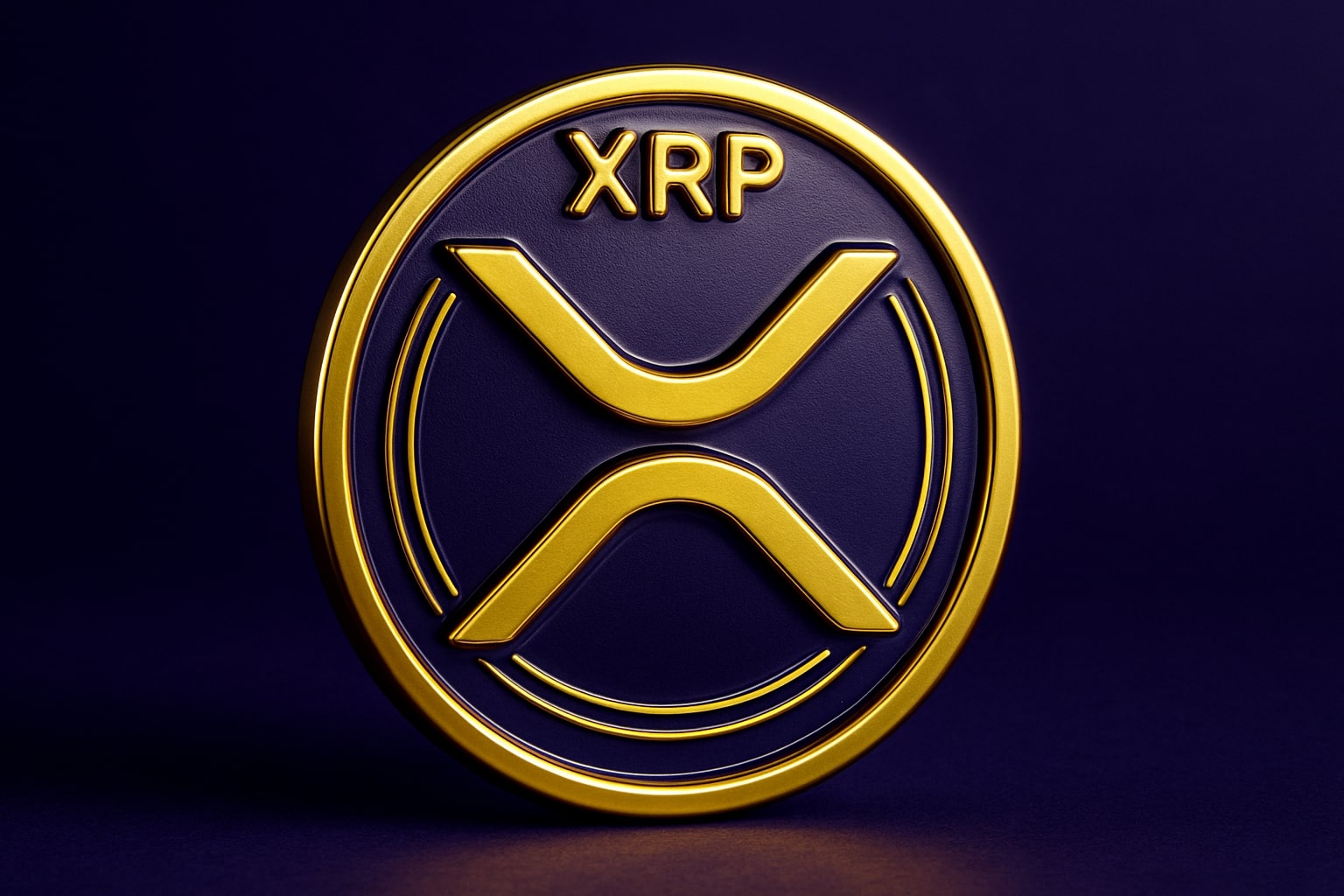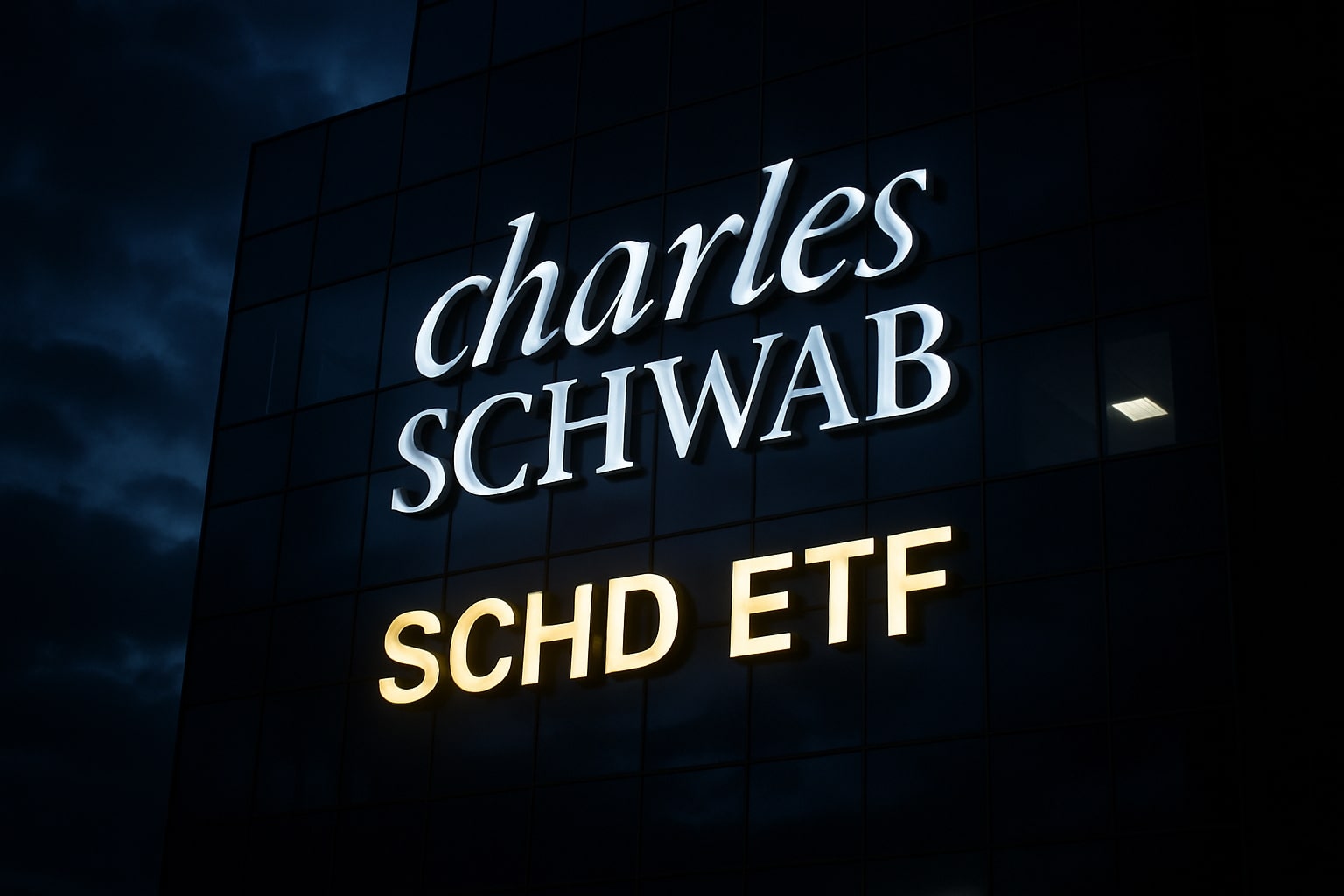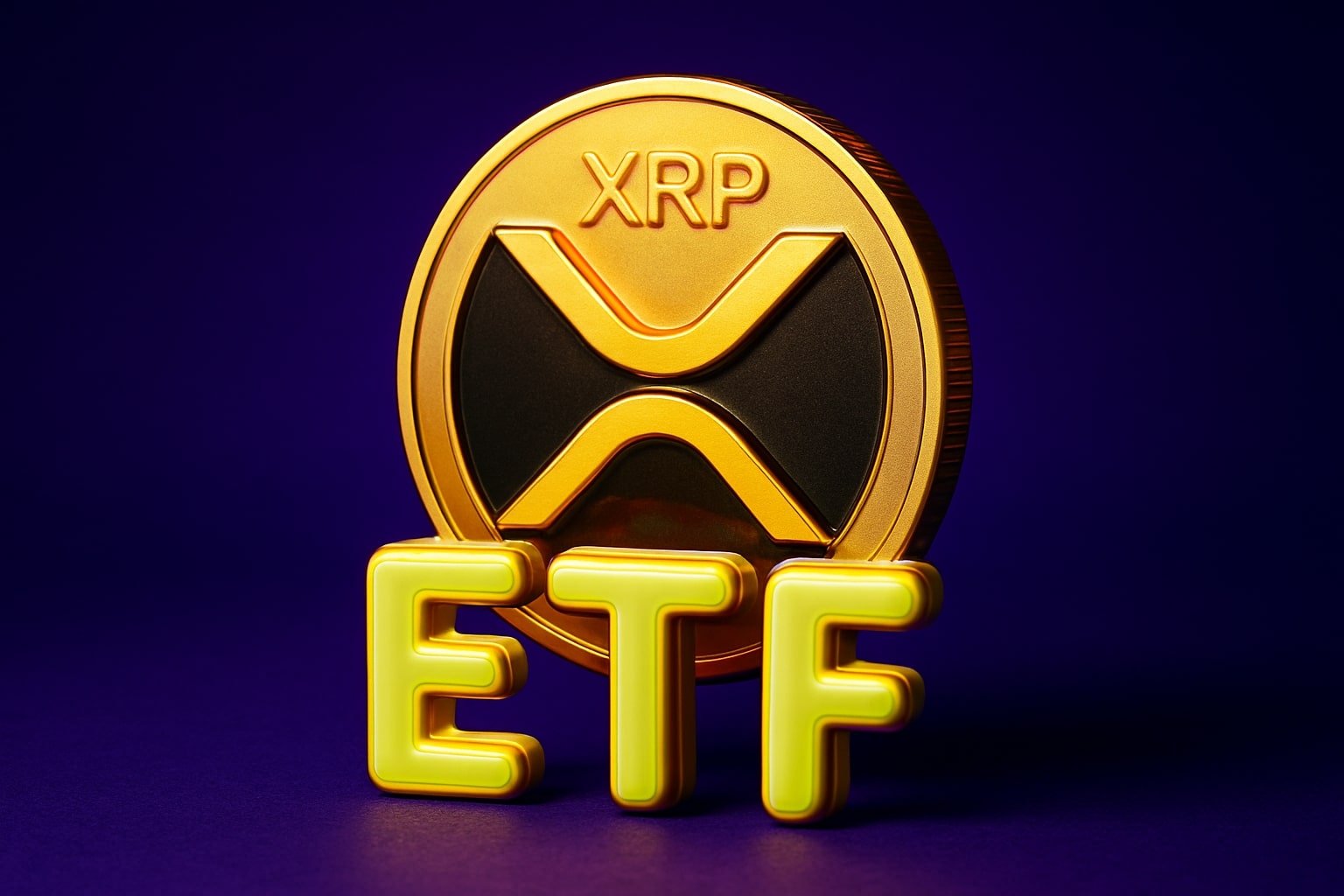
XRPI and XRPR Jump as First U.S. XRP ETF Nears Launch With XRPC Set for Nasdaq Listing
XRPI climbs to $14.07 after-hours, XRPR holds $19.36, and XRP-USD steadies at $2.38 as filings point to a 1–3 session launch window for the first spot XRP ETF | That's TradingNEWS
XRPI And XRPR React To XRP-USD As The U.S. XRP ETF Crosses Into Launch Readiness
XRPI closed at $13.88 (-2.12%) after trading between $13.65–$14.42, then reversed into $14.07 (+1.37%) after-hours, signaling that the earlier drop was nothing more than repositioning ahead of a structural catalyst. XRPR mirrored this adjustment, settling at $19.36 (-2.22%), inside a $19.20–$20.15 channel where deeper buy programs stepped in. These price behaviors were the clearest indication that both XRPI and XRPR had begun to reflect the approaching activation of the first U.S. spot XRP ETF, instead of simple crypto-market volatility.
Canary’s Form 8-A Pushes XRPC Into Nasdaq’s Operational Ready Phase
The trigger behind the revaluation came from Canary Capital’s Form 8-A12(b) filing, which formally registers the ETF under Section 12(b) and confirms Nasdaq approval tied to File No. 333-282545. This document transitions XRPC into Nasdaq’s “ready phase,” a stage where trading can begin as soon as the S-1 becomes effective. Canary’s Oct. 24 S-1/A explicitly invoked Section 8(a) automatic-effect rules, which activate the registration roughly 20 days after filing. That timeline ends near Nov. 14, placing XRPC in a 1–3 session launch window, consistent with Hedera (HBAR) ETF behavior where the market listed products the day after an 8-A.
Custody, Basket Size, And Direct Backing Shift Capital Toward XRPC Over XRPR
Canary’s structure offers direct 1:1 XRP exposure, contrasting XRPR’s partial XRP framework. The ETF’s 10,000-share seed basket, priced at $25 per share ($250,000 total), alongside custody split between Gemini and BitGo, provides the kind of clean tracking and compliance wealth managers demand. This is a foundational distinction: XRPI and XRPR react to price action, but XRPC will be the first product offering pure XRP backing within a regulated equity wrapper. This is why XRPI reversed after-hours and why XRPR held above $19.30—capital already anticipates a liquidity funnel that neither XRPI nor XRPR can replicate.
XRP-USD Volume Structure Confirms Institutional Accumulation Ahead Of ETF Activation
XRP-USD traded inside $2.32–$2.45 before closing near $2.38, outperforming the broader crypto complex by 2.33 percentage points on a 1.55% gain. Volume surged to 140.2M tokens, an 86% jump above the 24-hour average and 20.71% above its 7-day pattern. Bid clusters formed at $2.45, $2.50, and $2.52, showing accumulation from professional desks instead of retail enthusiasm. XRP attempted a breakout at $2.57 but met profit-taking—however, the defense above $2.52–$2.53 revealed controlled positioning typical of ETF-driven scaling.
Five XRP ETFs On DTCC Signal A Multi-Issuer Launch Cycle Not Seen In Previous Altcoin Products
DTCC already lists five XRP ETFs, marking a distribution environment far more aggressive than the early ETH ETF phase. Bitcoin funds drew over $50B in net inflows this year; Ethereum ETFs tapped the tens of billions, and analysts see XRP’s first-month possibilities ranging from $500M–$1B to an extreme $5B–$20B over twelve months depending on fees and AP onboarding. The CEO of Canary expects XRP inflows to exceed Solana’s ETF debut by 2x–3x, arguing that XRP’s enterprise-heavy footprint attracts more stable institutional capital. Solana ETFs took in $343M, yet SOL dropped 15%—a reminder that flows alone don’t guarantee performance, but XRP’s utility case and liquidity profile differ materially.
Spot ETF Approval Alters XRP’s Market Access And Expands Its Institutional Footprint
With XRP’s market cap around $143B, its ranking behind only BTC and ETH (excluding USDT) places it uniquely for institutional adoption. The ETF becomes the first fully regulated, highly scalable on-ramp for RIAs, wealth managers, and pension allocators who avoided XRP due to custody constraints. Platforms like E*TRADE, Fidelity, Schwab, and Merrill Lynch will enable exposure without requiring crypto accounts, shifting XRP demand from exchange-based retail activity to the far deeper pool of traditional capital.
XRP-USD Technical Posture Supports Institutional Buy Programs Rather Than Momentum Chasing
On the 4-hour chart, RSI sits around 58, confirming controlled momentum rather than overstretched speculation. MACD remains positive with a widening histogram, reinforcing short-term strength as long as XRP-USD holds above $2.50–$2.52. Order book analysis shows layered bids between $2.48–$2.52, matching institutional accumulation zones described in CoinDesk notes. The inability to break $2.57 only indicates consolidation—not weakness—given the ETF-driven liquidity coming online.
Sentiment Shifts Across Retail And Institutional Channels Amplify The Pre-Launch Set-Up
Reddit-based retail sentiment held firm as XRP traded above $2.40, while institutional commentary from multiple articles pointed to renewed confidence driven by ETF clarity. Ripple’s recent $500M balance-sheet reinforcement adds strategic strength, though some analysts argue that XRP’s role within Ripple remains undefined. Even so, XRPC does not rely on Ripple’s corporate roadmap—it relies on demand for regulated exposure to XRP as an asset.
Read More
-
SCHD ETF (NYSEARCA:SCHD) Climbs To $27.25 As Investors Flock To Dividend Stability Over Tech Volatility
12.11.2025 · TradingNEWS ArchiveStocks
-
Bitcoin (BTC-USD) ETF Inflows Surge To $524M As BlackRock’s IBIT Dominates Rebound
12.11.2025 · TradingNEWS ArchiveCrypto
-
Natural Gas Price (NG=F) Steadies at $4.53 as Record LNG Exports and Rising Winter Demand Boost Market Confidence
12.11.2025 · TradingNEWS ArchiveCommodities
-
USD/JPY Price Forecast - USDJPY=X Holds At ¥154.10 As Intervention Threats And Fed Cut Expectations Drive Volatility
12.11.2025 · TradingNEWS ArchiveForex
Regulatory Bottlenecks Persist Outside The ETF Structure, But They Do Not Affect ETF Inflows
ETF approval does not resolve banking restrictions or operational limitations facing Web3 firms. It does not change payment corridors, exchange licensing, or settlement challenges. However, the ETF bypasses these structural barriers and provides a compliant product for traditional capital. This separation allows ETF inflows to surge even while the regulatory environment remains complex.
XRPI And XRPR Track Pre-Launch Flows As Capital Positions For XRPC Activation
The price shifts across XRPI—falling to $13.88 then reversing to $14.07—and XRPR’s stability around $19.30–$19.40 show that traders are treating these products as temporary exposure vehicles ahead of the XRPC launch. Once XRPC begins trading, XRPI and XRPR will no longer be primary proxies; instead, they become complementary liquidity instruments with different risk and tracking structures.
Final Market Positioning And Capital Behavior Ahead Of The First U.S. Spot XRP ETF
Across all the data—volume acceleration, accumulation zones, ETF mechanics, regulatory sequencing, DTCC listings, institutional models, sentiment profiles, technical structure, XRPI/XRPR price behavior, and XRP-USD trading—the setup skewed heavily toward strength instead of exhaustion. The market is not reacting emotionally; it is positioning mechanically, ahead of a structural capital event.
Verdict: BUY.
The combination of imminent ETF activation, strong support at $2.50–$2.52, volume expansion of 86%, and reaccumulation themes across XRPI and XRPR anchors a bullish interpretation. The risk-reward profile supports accumulation rather than caution, and the ETF catalyst materially shifts liquidity dynamics for XRP-USD.














